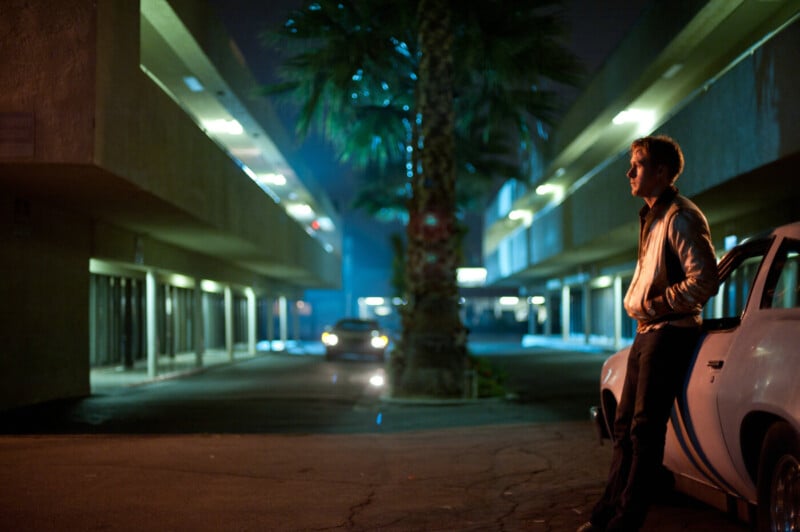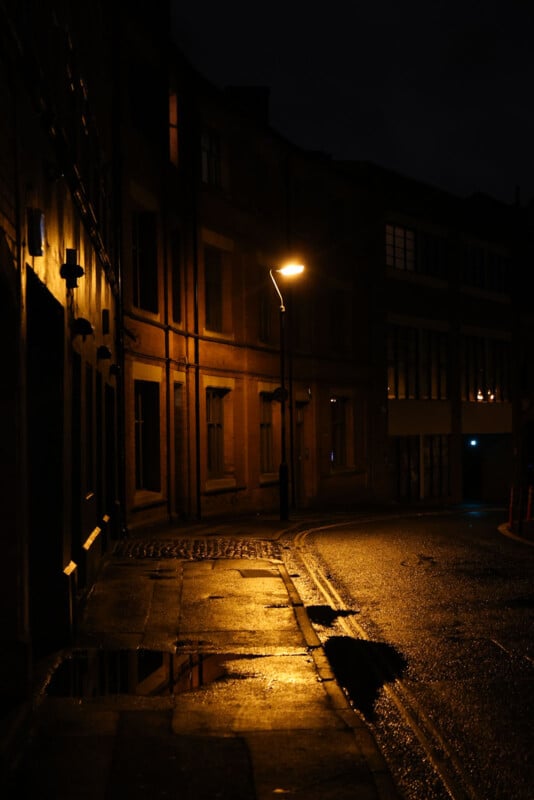 Ryan Gosling in Drive (2011).
Ryan Gosling in Drive (2011).
2011’s Drive was one of the last Hollywood movies shot on the streets of L.A. before the iconic orange-yellow sodium vapor lights were replaced by the more clinical white LEDs — much to the chagrin of photographers and filmmakers.
Ryan Gosling stars as Driver, a skilled Hollywood stuntman who moonlights as a getaway driver for criminals. Driver doesn’t say all that much in the film, but the streets of L.A. act as a character of it sorts soaked in warm, hazy lighting recognizable to anyone who grew up in the late 20th century.
But Drive was one of the final productions before the Los Angeles Bureau of Lighting switched from sodium vapor light to the more cost-efficient LED ones. The movie would undoubtedly have had a different feel had it been filmed years later.
 Drive A Brief History
Drive A Brief History
The OAPEC oil embargo against the U.S. and other countries in 1973 sent energy prices skyrocketing, leading to a shortage of oil. As a result, less energy-intensive sodium vapor lamps were used as a cheaper way of lighting cities. Although they faced criticism for casting an eerie orange glow, the yellow-orange lights proliferated throughout the 1980s and fundamentally changed how cities were lit.
“While the mercury vapor lamps of the 1970s and 80s largely came to represent the more unsavory elements of cities [in movies], the appeal of sodium vapor was more nuanced,” explains the Watching the Aerial YouTube channel.
 Sodium vapor streetlights have a specific vibe when shining on camera. But they are few and far between in today’s modern city. | Photo by Matt Growcoot
Sodium vapor streetlights have a specific vibe when shining on camera. But they are few and far between in today’s modern city. | Photo by Matt Growcoot
In 2009, Los Angeles’ Bureau of Street Lighting began converting the city’s entire lighting network from sodium and mercury-vapor lamps to LED technology. Unlike the older systems, LED fixtures use clusters of low-power semiconductor diodes that shine brighter, last longer, and consume far less energy.
By 2016, the city was already saving an estimated $9 million annually in energy costs. And by 2022, the Bureau reported that 98 percent of Los Angeles’ major and local roadways had been fully upgraded to LED lighting.
Filmmaker Problems
The new LEDs originally had a color temperature of roughly 4,000 kelvin. While officials were aiming for the same color temperature as the color of moonlight, locals complained about the clinical lights, comparing them to a hospital or prison. As Watching the Aerial points out, 4,000 kelvin on cameras is “surprisingly cold, compared to the 2,200 kelvin of sodium vapor lights.” The bureau has since changed the color temperature to 3,000 kelvin.
Recently, there have been reports that the LEDs are beginning to turn purple, perhaps signaling a new chapter in how city streets look at night.

